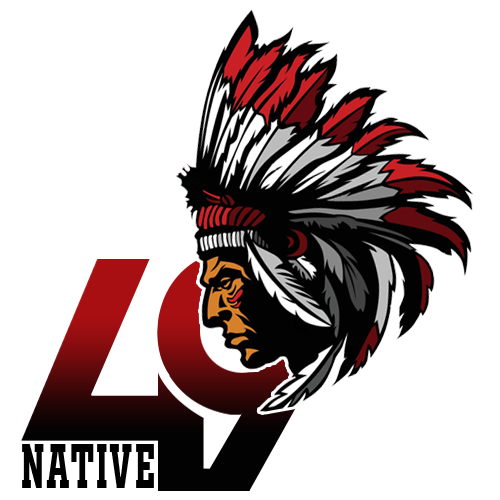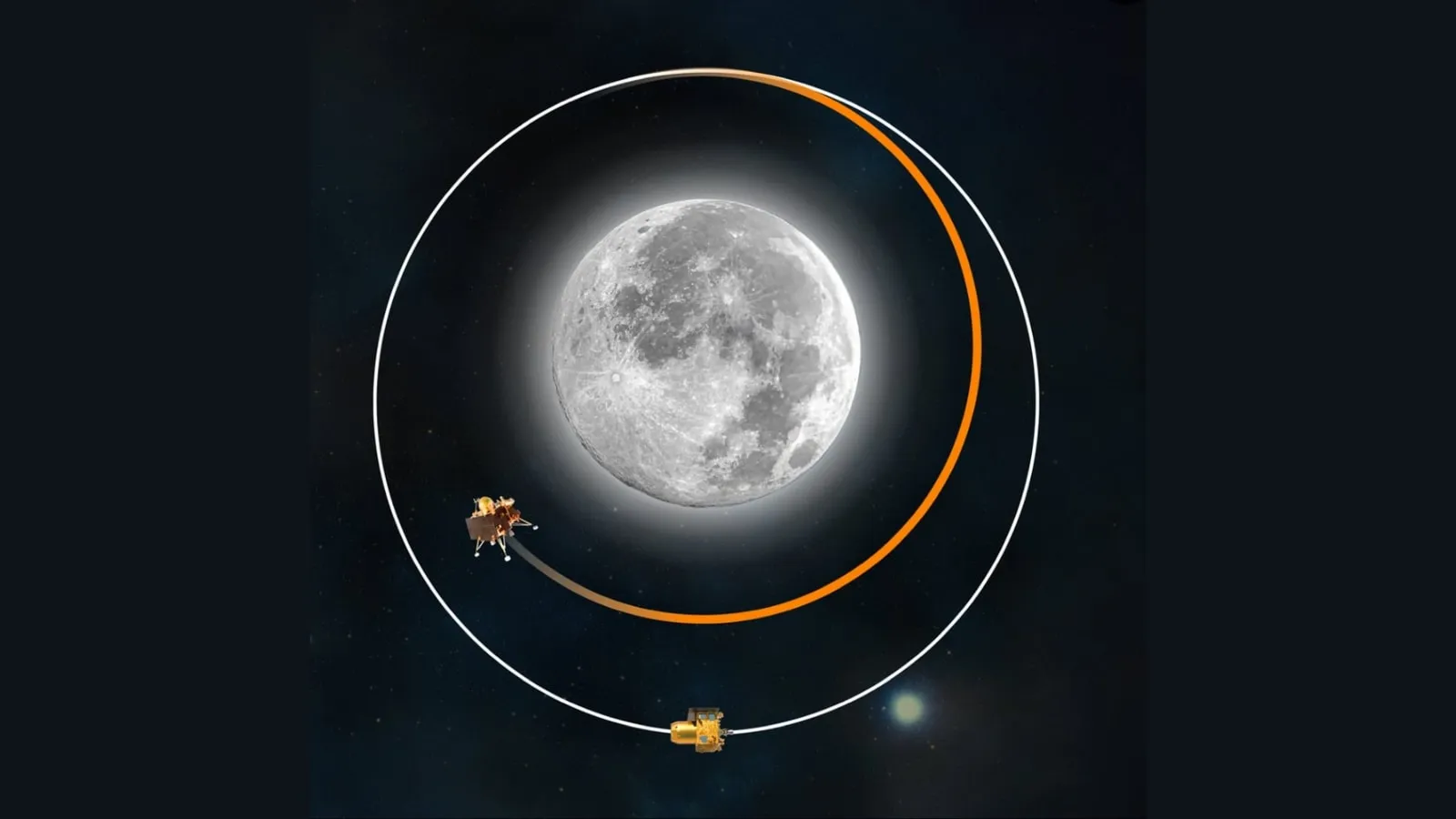In the intricate tapestry of Native American symbolism for moon, the moon holds a place of profound significance. This celestial luminary, with its ever-changing phases and gentle glow, carries rich cultural meanings and spiritual connections among Indigenous peoples.
Join 49native on a journey as delve into the captivating world of the Native American symbol for the moon, unraveling its mysteries and exploring the depths of its cultural importance.
What does the moon symbolize for Native Americans?
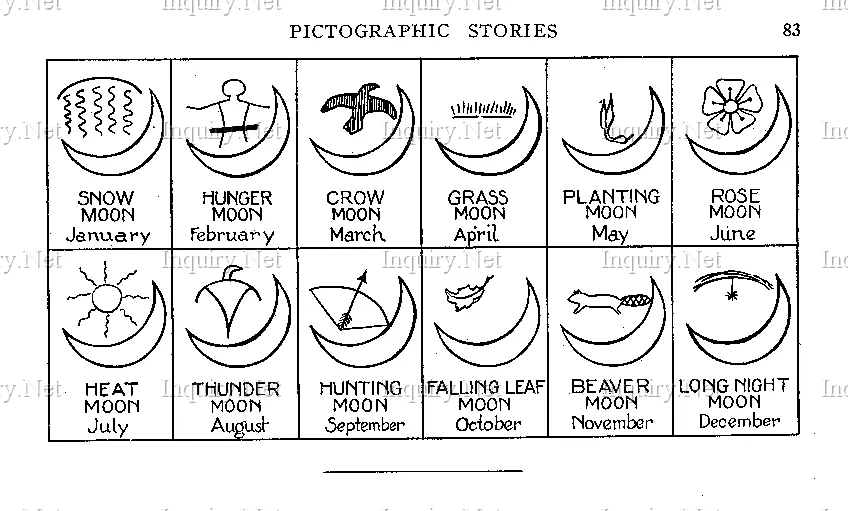
In the heart of Aboriginal cultures, the celestial bodies above are more than just astronomical phenomena; they are characters in a grand cosmic narrative. Here, the Sun embodies femininity, while the Moon personifies masculinity. These celestial figures traverse the heavens, their movements intertwined in a dance that tells stories of creation, love, and mortality.
In this exploration, embark on a captivating journey through the rich tapestry of Aboriginal cosmology, uncovering the ancient myths that illuminate the roles of the Sun and Moon. These tales not only offer a unique perspective on the celestial bodies but also provide profound insights into the Aboriginal understanding of the natural world.
The Sun Woman and the Moon Man: A Celestial Pursuit
In the intricate web of Aboriginal folklore, the Sun is often envisioned as a radiant woman, while the Moon assumes the role of a steadfast man. Their celestial choreography paints a captivating picture of love and chase across the sky. In this mesmerizing narrative, the Sun woman ardently pursues the Moon man from dawn to dusk, their paths converging briefly during a solar eclipse, a celestial rendezvous that resonates in Aboriginal mythology.
Ngalindi: The Moon in Yolngu Lore
Among the Yolngu people, the Moon, known as Ngalindi, embarks on its own celestial odyssey. Originally a plump and lethargic figure symbolizing the full Moon, Ngalindi’s story takes a fascinating turn.
Punished by his wives for his indolence, they hacked away bits of him, giving rise to the waning Moon. His escape led him to climb a towering tree to follow the Sun, but he met a tragic end, mortally wounded and left for dead—the birth of the new Moon.
However, Ngalindi’s tale doesn’t end there. After three days of lifelessness, he miraculously rose again, gradually swelling into the waxing Moon. This lunar cycle, a reflection of life, death, and rebirth, perpetuates itself month after month, shaping the Yolngu perception of mortality and immortality.
Moon and Tides: The Arnhem Land Connection
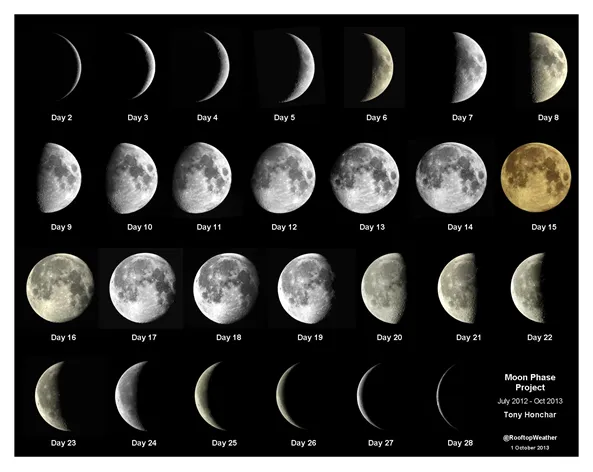
Delving deeper into Arnhem Land stories, unearth a profound connection between the Moon and the tides. As the Moon ascends, it fills with water, causing the tides to rise. Conversely, as it empties, the tides recede, leaving the Moon dry for three days.
This cyclic phenomenon mirrors the ebb and flow of the tides, indicating an astute understanding of lunar dynamics among the Yolngu people. Their intricate knowledge reveals an ancient wisdom, showcasing the intimate relationship between celestial bodies and Earth’s natural rhythms.
The Birth of Moonlight: A Tale from Cape York
The creation of the Moonlight carries a story of innovation and resilience. In times of darkness, when light was needed to navigate and hunt at night, a community gathered to find a solution. The idea of igniting a massive fire during twilight was proposed, but many found it impractical.
Then came the ingenious idea of crafting a luminous boomerang that could illuminate the night sky—a celestial beacon. As the people tried to launch it high into the heavens, they met challenges until a frail, elderly man stepped forward.
Despite skepticism due to his feeble appearance, the elderly man’s throw defied all odds. The boomerang soared higher than anyone had imagined and remained aloft, shining down as the Moon. Today, the Moon still carries the distinctive shape of that boomerang, a testament to human ingenuity and the power of unity in indigenous lore.
These enchanting tales not only narrate the celestial dramas of the Sun and Moon but also offer a glimpse into the intricate bond between Aboriginal communities and the natural world. Through their myths, gain a deeper appreciation for the cosmos and the timeless wisdom preserved in the heart of indigenous cultures.
What is the ancient symbol for the moon?
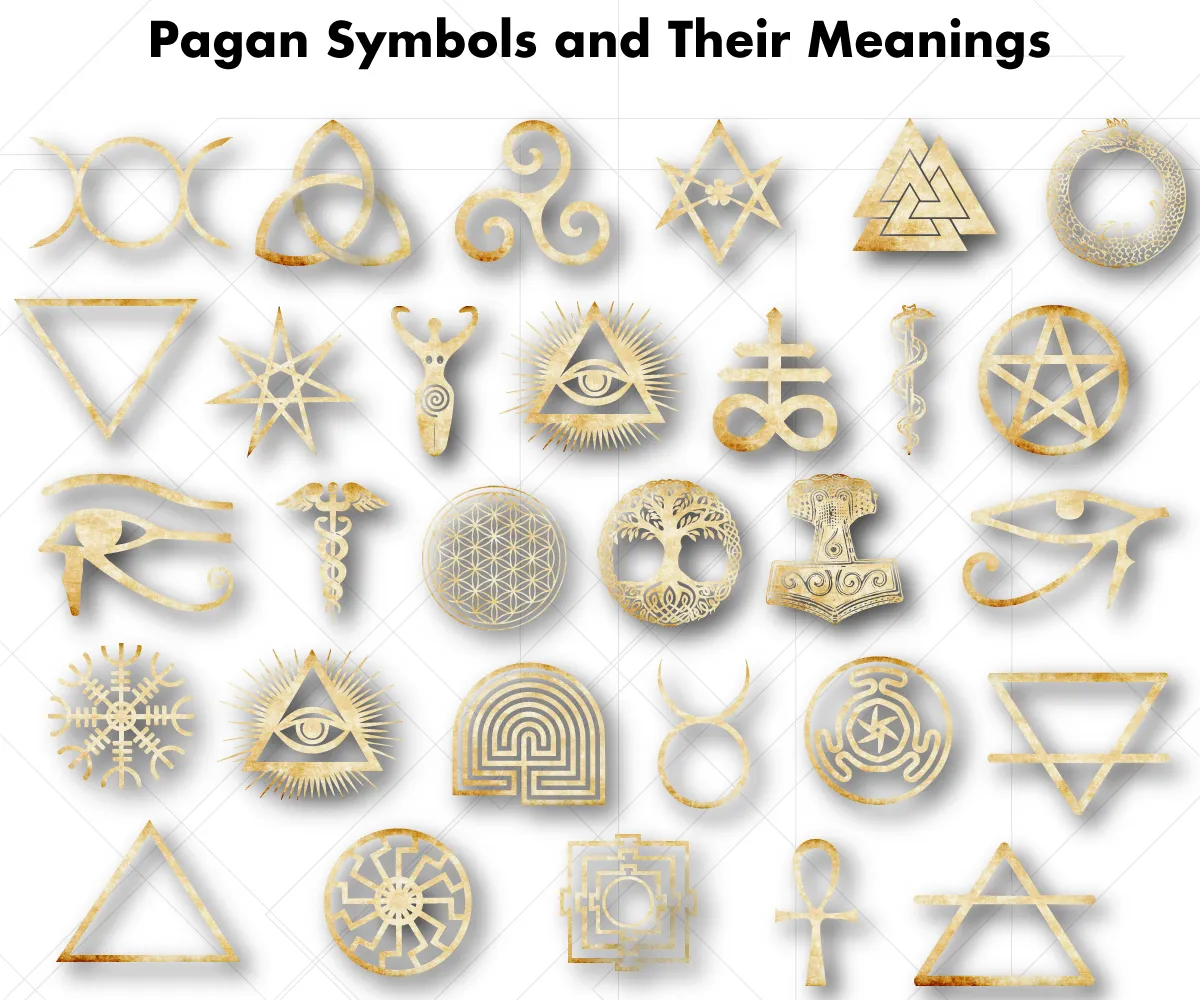
The star and crescent, a symbol with a lineage spanning millennia, has etched its mark on diverse historical narratives. From its origins in the ancient Greek colony of Byzantium to its modern associations with Islam, this emblematic duo of a star and crescent has captivated civilizations and cultures across the ages. In this exploration, traverse through time, tracing the symbol’s evolution, significance, and enduring presence.
Ancient Roots: Birth of the Star and Crescent
The genesis of the star and crescent can be traced back to around 300 BC in the Greek colony of Byzantium. Initially, it gained prominence as the royal emblem of Pontic king Mithridates VI Eupator after he incorporated Byzantium into his realm for a brief period.
However, its roots run deeper, reaching into the iconography of the Ancient Near East, where the crescent often symbolized celestial entities such as the Moon and Venus. Interestingly, interpretations vary, with some suggesting that the crescent represents Venus or even the sun during an eclipse.
Coins and Conjunctions: A Symbolic Marriage
In numismatics, the star and crescent took on a unique role. Often, the star (representing the Sun) found its place within the arc of the crescent, creating a harmonious fusion. This arrangement, termed “star in crescent,” adorned coins and became an enduring symbol.
Ottoman Ascent: From Royal Emblem to National Icon
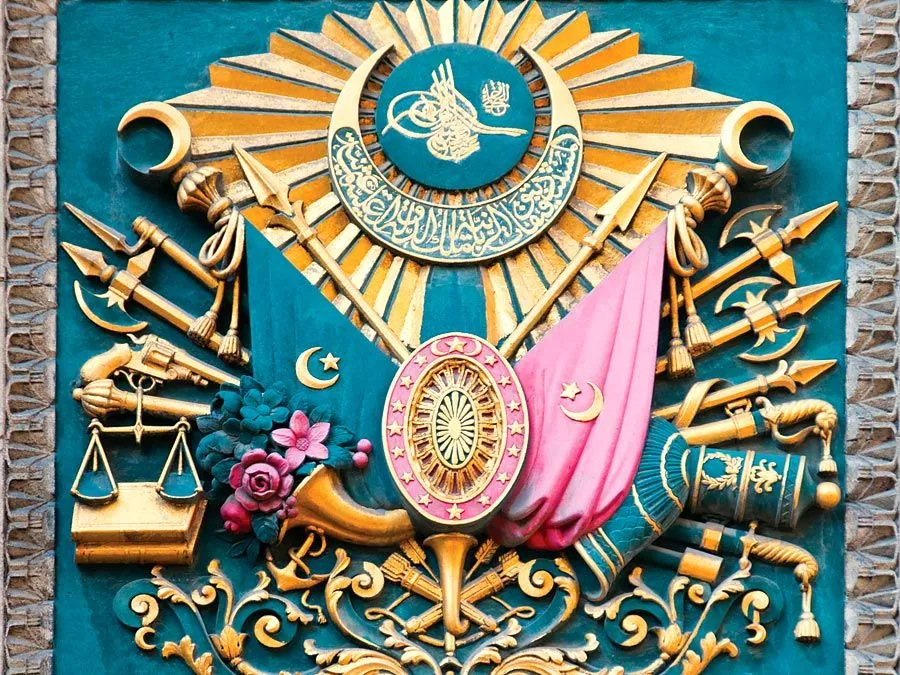
The star and crescent achieved newfound prominence with its adoption as the flag and national symbol of the Ottoman Empire. This iconic flag, featuring a white crescent and star on a red background, persists as the flag of the Republic of Turkey with minor modifications. Other regions that were once part of the Ottoman Empire also embraced this symbol, including Libya, Tunisia, and Algeria.
The Expanding Horizon: A Global Emblem
The 20th century witnessed the star and crescent’s spread to various nations. Countries like Kazakhstan, Azerbaijan, Pakistan, Malaysia, Singapore, Mauritania, Azad Kashmir, Uzbekistan, Turkmenistan, and Comoros incorporated the symbol into their national flags. Notably, it gained recognition as a symbol of Islam, primarily due to its association with the Ottoman Empire’s Islamic heritage.
Unraveling the Symbolism: Star, Crescent, and Islam
Contrary to the cross’s direct connection to Jesus’ crucifixion in Christianity, the star and crescent’s link to Islam is less concrete. The symbol’s Islamic connotation is believed to have originated from the Ottoman Empire’s status as an Islamic caliphate. However, this association has sparked debates within the Muslim world, with some embracing it as a symbol of Islam while others consider it erroneous.
Meaning Of Native American Symbol For Moon
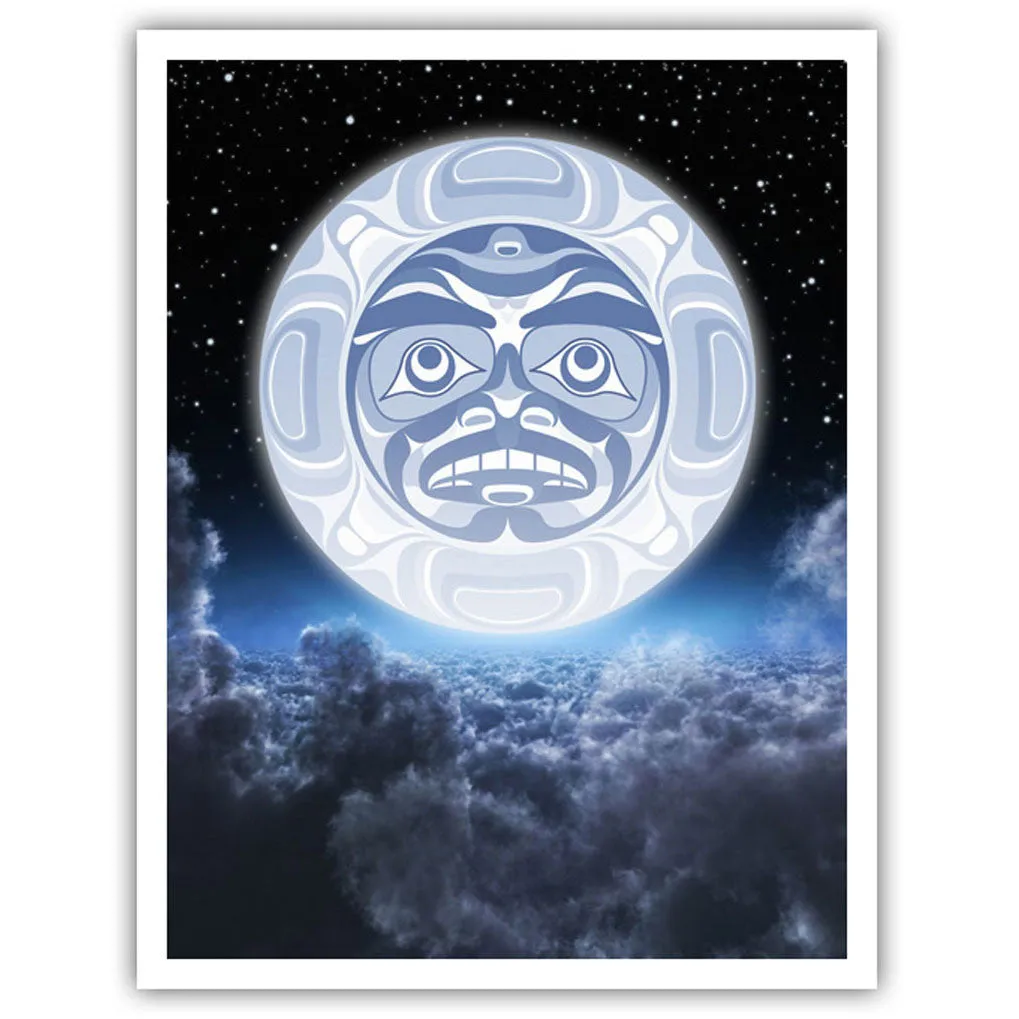
The moon, a celestial luminary that graces the night sky, holds a significant place in the rich tapestry of Northwest Coast Native American mythology.
Across various nations and tribes of this region, the moon emerges as a multifaceted symbol, embodying guidance, protection, transformation, and profound spiritual connections. In this exploration, delve into the captivating world of moon mythology that weaves through the cultural fabric of Northwest Coast Indigenous peoples.
The Nuu-chah-nulth: Honouring the Moon and the Sun
Among the Indigenous peoples of the Northwest Coast, particularly the Nuu-chah-nulth, the moon and its celestial counterpart, the sun, are revered as the most potent and influential entities. These celestial beings are believed to bestow good fortune and ensure an abundance of food.
Notably, in the Nuu-chah-nulth tradition, the moon takes on a rare male persona, in contrast to the more common female associations found in other Indigenous cultures. This lunar embodiment is characterized by a unique strength and guardianship, distinct from the serene and delicate attributes often attributed to the sun.
Moon’s Connection with Wolf and Raven
In the intricate tapestry of Northwest Coast Native American mythology, the moon frequently finds itself in the company of Wolf. This association arises from the shared nocturnal nature of both the moon and this revered animal.
Additionally, the moon makes appearances in the mythic narratives of Raven, a central figure in Indigenous creation stories. One such tale tells of Raven’s role in releasing the sun, moon, and stars into the celestial expanse, symbolizing the cosmic balance.
Eclipses and Cosmic Battles: Legends of the Moon
The moon’s journey through Indigenous mythology takes captivating turns. In one intriguing legend, a colossal supernatural codfish devours the moon during a lunar eclipse, casting darkness upon the world.
To counteract this cosmic event, the Kwakwaka’wakw and Nuu-chah-nulth communities devised a ritual. They lit expansive bonfires and added pine branches to generate smoke. This ritual was believed to induce the codfish to cough up the swallowed moon, bringing light back to the night sky.
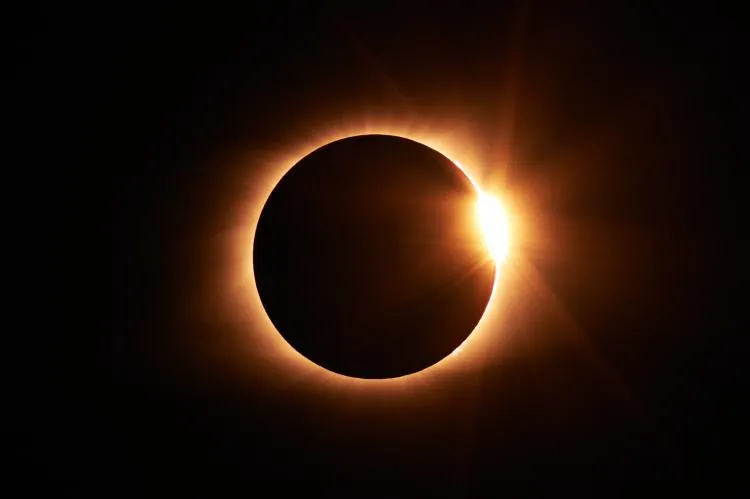
Moon in Ceremonies and Crests
The moon’s influence extends to ceremonial practices within Northwest Coast Indigenous cultures. It plays a central role in the Peace Dance of the Kwakwaka’wakw, where its symbolism transcends the mundane and touches the spiritual essence of this sacred dance.
In the Winter Ceremonies of the Huxalk, the moon adds its mystique, enhancing the significance of these rituals. Among the Haida, the moon has been exclusively associated with the highest-ranking chiefs, serving as a prestigious crest.
The Many Faces of the Moon
In artistic depictions, the moon showcases a fascinating range of representations. Typically, it sports a rounded visage with relatively flat features. The face can resemble that of a human or a bird, connecting the lunar entity with the natural world. Occasionally, the moon assumes a crescent form, and in certain instances, it adorns a labret, symbolizing a feminine aspect, and emphasizing the moon’s duality and transformative qualities.
The moon’s presence in Northwest Coast Native American mythology is a testament to the profound connections between Indigenous peoples and the celestial realms. It embodies a potent blend of spirituality, cultural richness, and reverence for the natural world, casting its luminous influence over the tapestry of their lives.
The native moon prints on objects
For those seeking to explore the visual representations of this captivating mythology, Native American art prints offer a splendid journey into this enchanting world.
For great examples of Native American art prints, see Meaning of Native American Symbol for Butterfly
